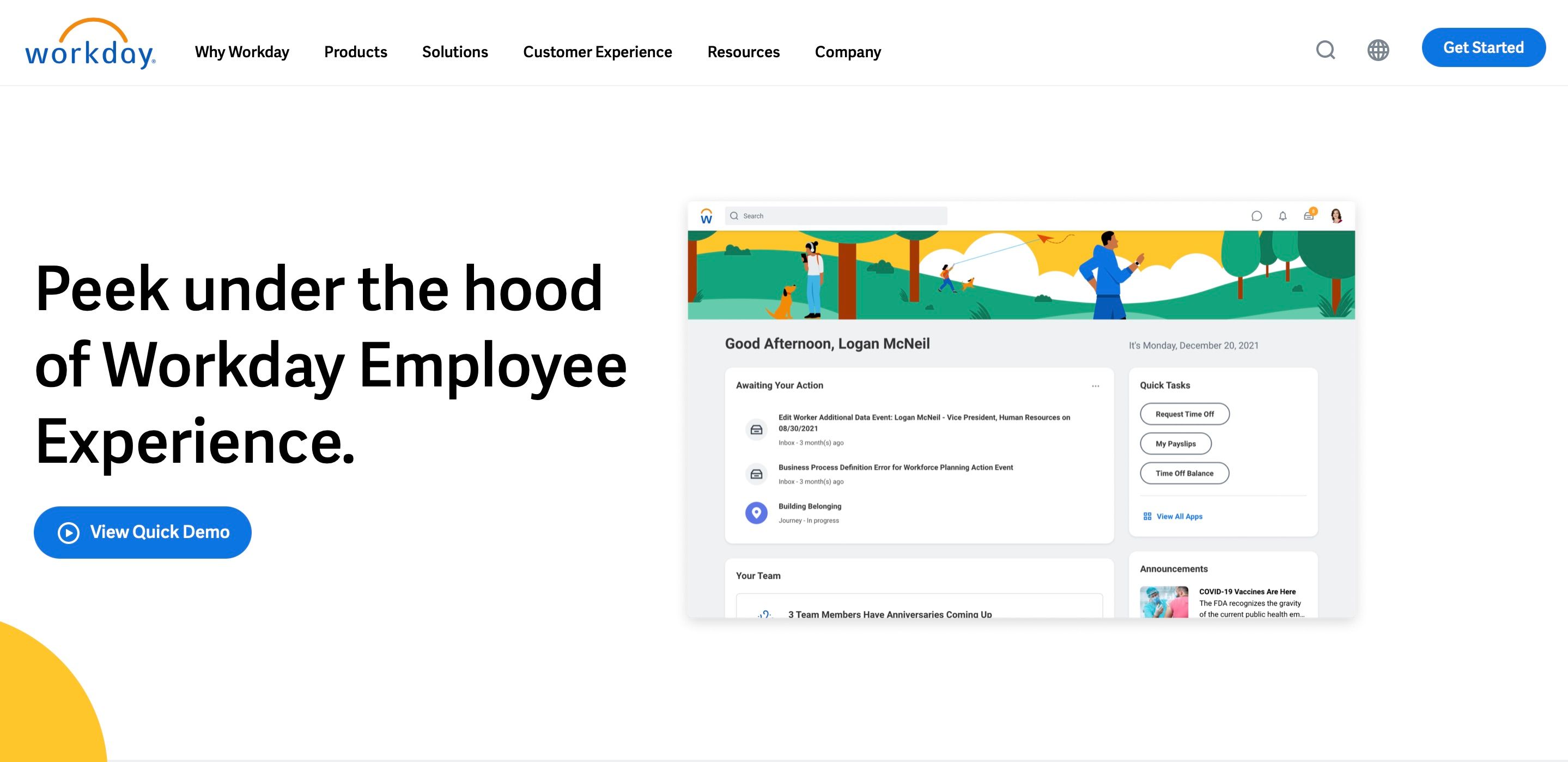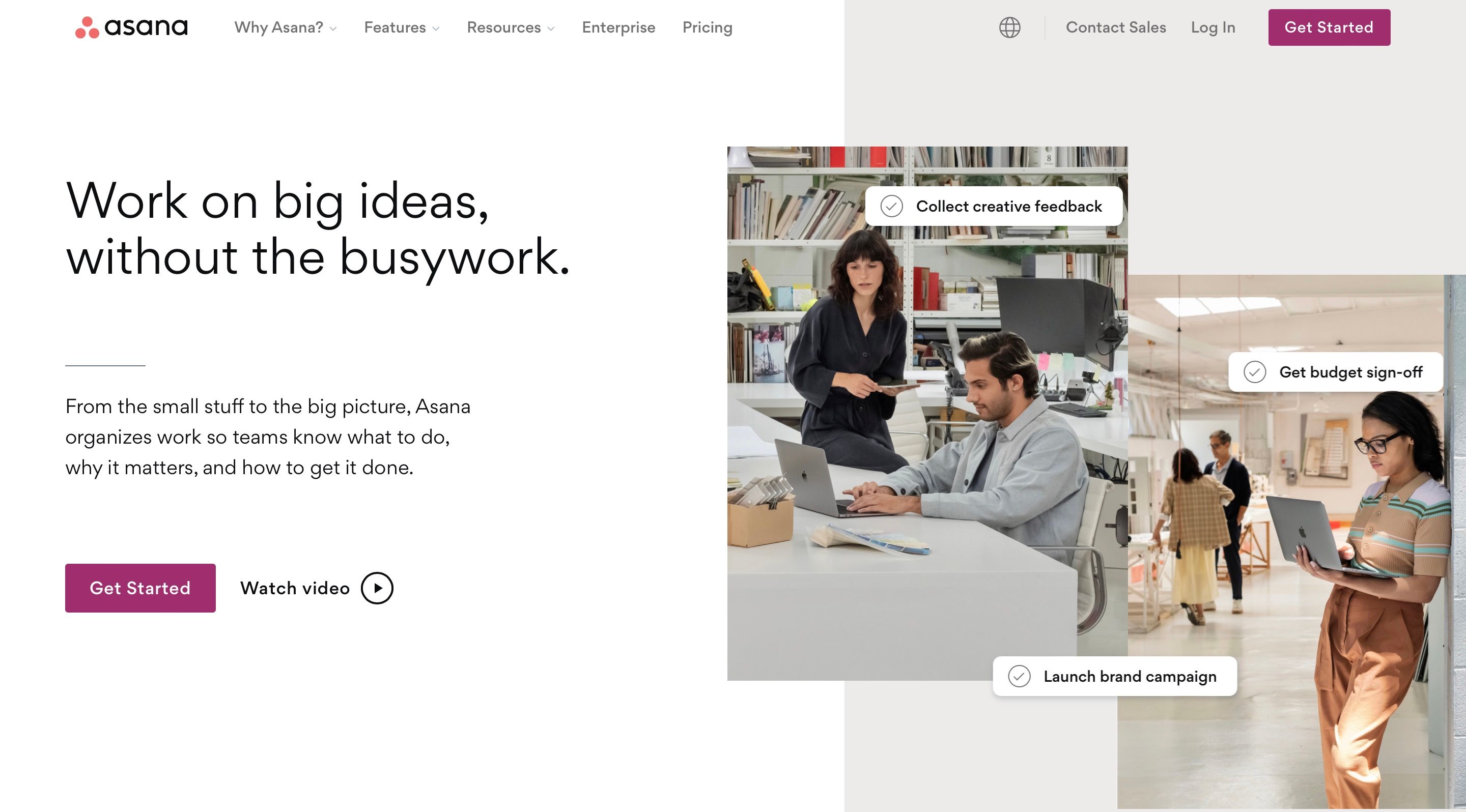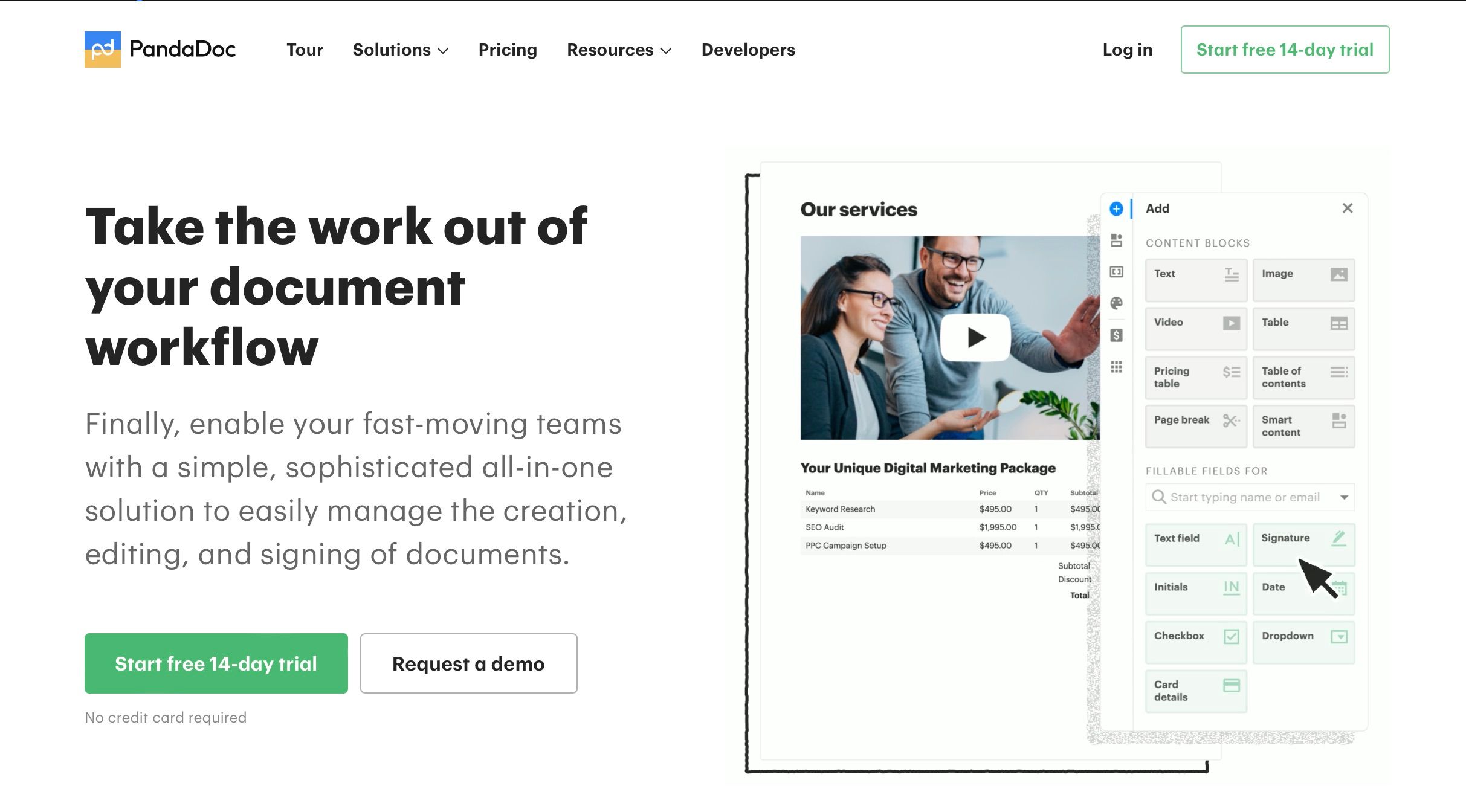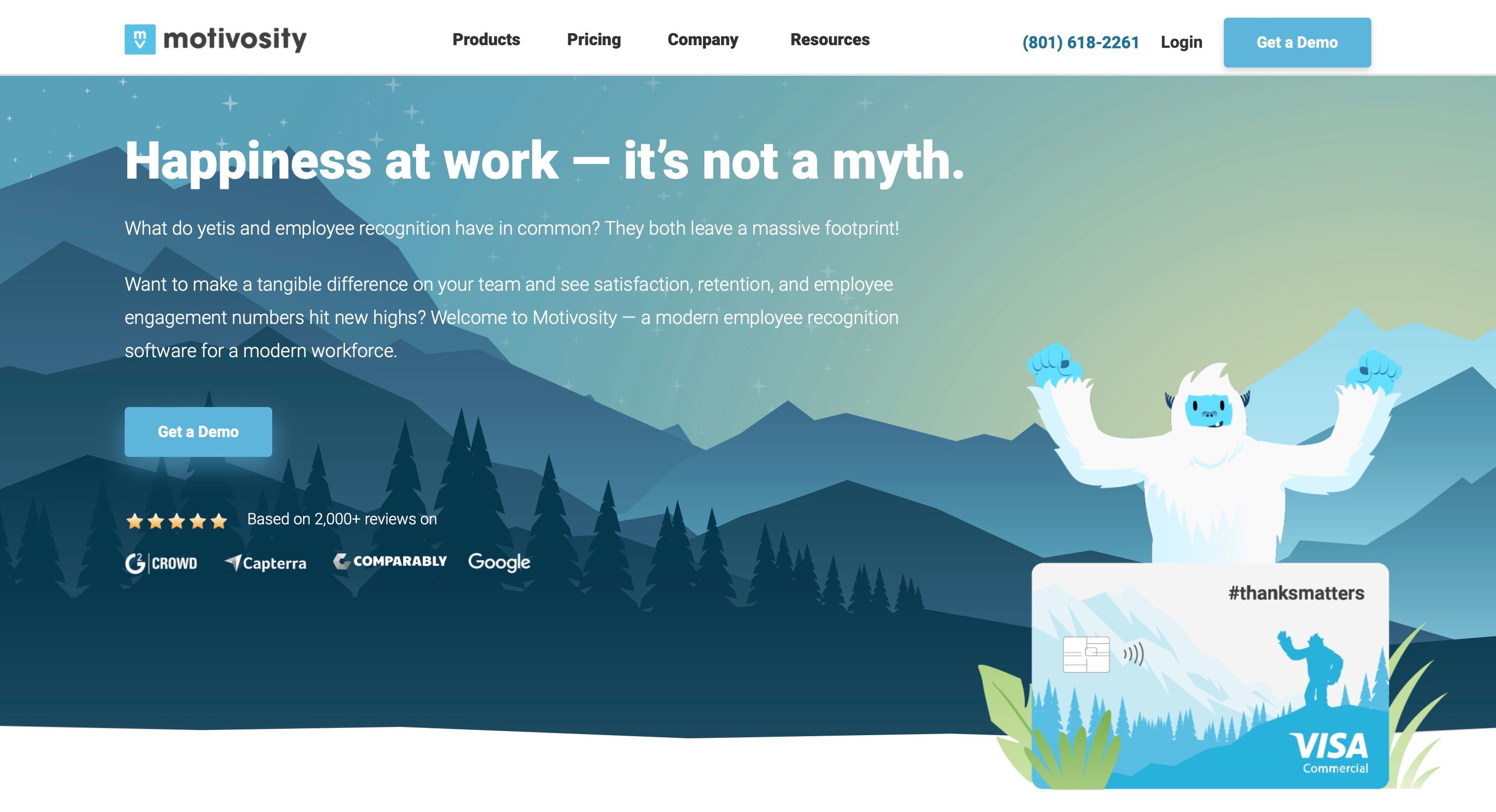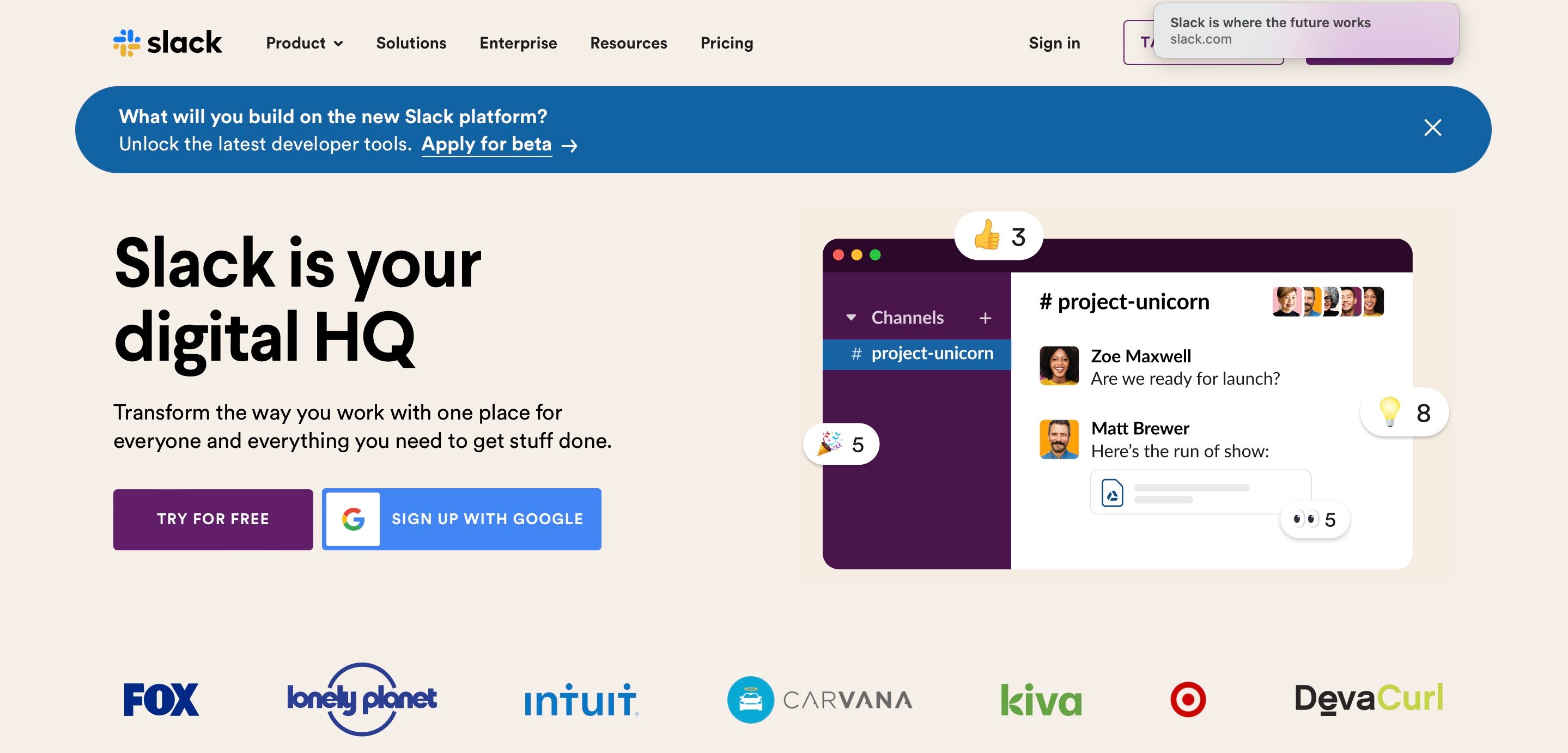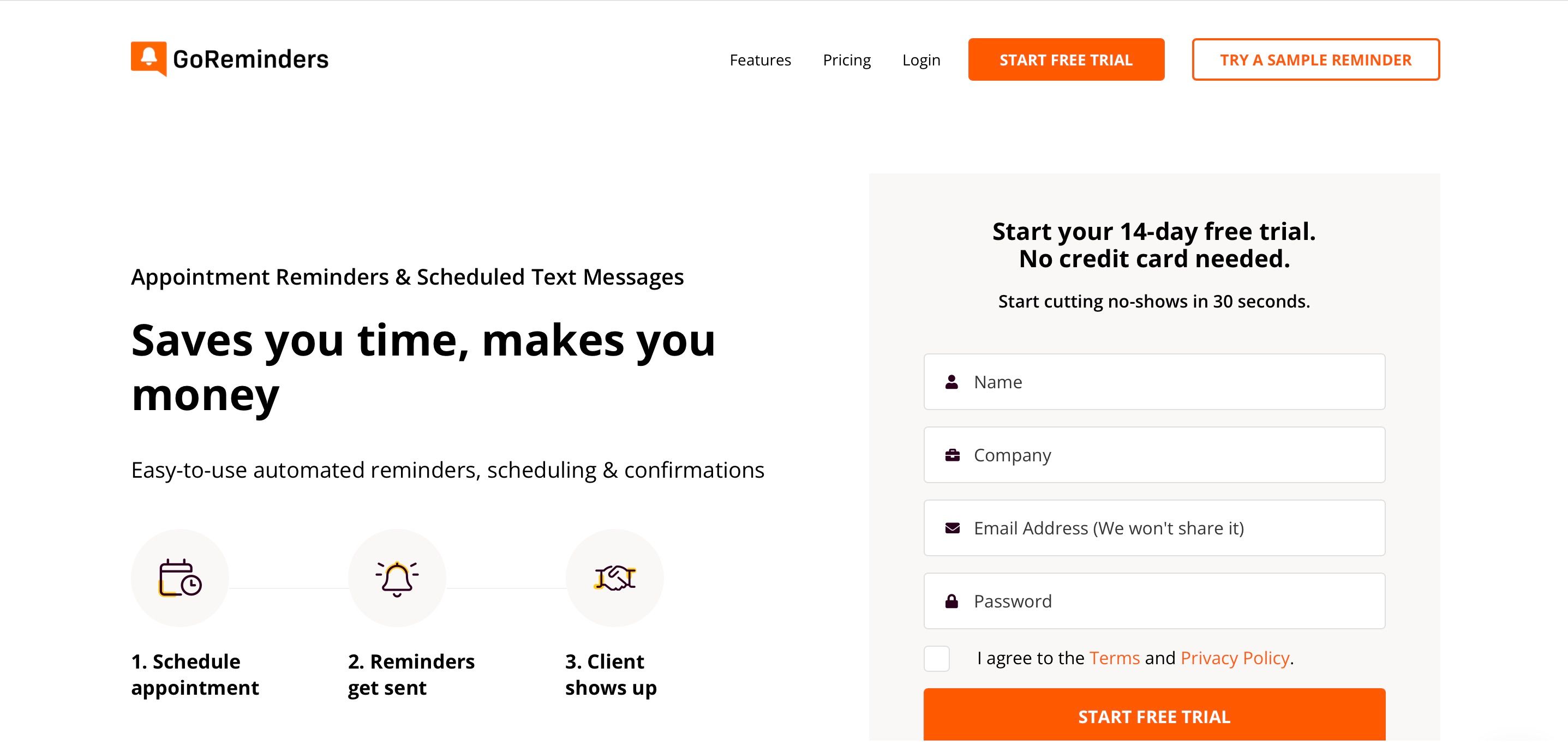Running a remote business with no headquarters, flexible schedules, and the opportunity to go anywhere in the world while working is exciting. However, it can also be daunting and requires a lot of work.
The good thing is that technology is on your side. There are plenty of software that you can use to help boost your efficiency, organize workflows, streamline processes, and improve team collaboration.
This list is not exhaustive, but here are some of the tools that you can start using for your remote business.
1. Applicant Tracking Systems
Whether you’re a startup or a large company, you can benefit from an applicant tracking system (ATS). These software programs allow you to find all the important information about your applicant—from their emails, interviews, schedules, and relevant data, all in one place.
ATS makes recruiting and hiring a breeze by using AI to screen candidates, saving you a lot of time from manually weeding out candidates that don’t fit the bill. They also help you find the best candidates by ranking them based on their skills and experience. Some of the most commonly used ATS include Workday and Greenhouse.
2. Background Checking Tools
In this digital age where fake certificates and false identities are rampant, background checks are vital to keeping a secure and safe workplace for employees and customers alike.
Background checking tools like Goodhire and Chekr are also essential to verify the potential information candidates have shared with them.
These tools are compliant with legal requirements and give businesses their own dashboard that helps them manage and track the results of their background checks. Most of these tools also integrate with ATS and other major HR platforms.
3. Project Management Software
Managing remote teams can be challenging. Project management software provides an easy way to organize workflows, keep track of individual and team progress, flesh out projects, and get insights about the team’s progress.
If you’re heading a global team, using project management software like Asana or ClickUp can help you save a lot of time to communicate and collaborate with your team. These tools facilitate seamless collaboration within team members all inside the platform—no need for emails and unnecessary meetings!
4. Electronic Signature Software
Running a remote business doesn’t mean that you can skip on important processes like signing documents and contracts. The remote setup can make signing sensitive documents a challenge.
Nobody wants to share their e-signatures without first ensuring that the platform is safe. The good thing is that tools like Pandadoc and DocuSign are that they facilitate the distribution and collection of sensitive documents along with e-signatures. There are plenty of other online document signing apps out there that you can check.
E-signatures are recognized to be equivalent to traditional signatures. They are legally binding if parties allow you to securely upload files and sign digital documents. However, electronic signatures legality varies depending on where you are in the world.
5. Wiki
Information dissemination and training can be challenging to do when running a remote company. A business wiki serves as a central repository or database of knowledge.
It gives everybody access to documents and important processes in employees’ workflows. They are easy to access, edit, and share, so that remote workers remain in the know about changes, updates, and new policies at work.
It makes onboarding easier, empowering new hires to navigate their way through the company. It eases remote working, serving like a guide where they can learn about the company’s processes. Some wikis you can consider are XWiki and SlimWiki. There are a lot of other websites to help you create your own Wiki.
6. Employee Recognition Software
Due to limited interaction and support, many remote workers often feel isolated and unseen. Many studies show that recognition and timely, appropriate feedback not only boosts people’s performance, but also improves retention and job satisfaction.
Platforms like Motivosity give team members the avenue to learn about others in the team, appreciate each other and highlight their wins, give spot bonuses, and create custom awards and badges for teams to strive for.
Motivosity allows team members to give out Motivosity bucks that employees can use to buy gift cards, book flights, or donate to charity. Other alternatives for Motivosity include Bonusly and Kudos.
7. Business Messaging Apps
Remote work will not fly without a platform that will bring the team together. While teams can still use email, it’s bulky, time-consuming, and disorganized. Business messaging apps like Slack allow you to connect with anybody individually or in groups.
You can also integrate other apps in Slack to boost its functionality and streamline processes within apps. For example, you can connect your Asana to Slack or use Giphy in Slack when you want to add fun to your conversations. Other apps that are similar to Slack include Workplace Chat or Microsoft Teams.
8. Scheduling Software
Scheduling is another chore that takes up everyone’s time, remote or not. However, an added complication in most remote work is the reality of time zone differences. Moreover, many remote workers have to juggle with more than one job, making scheduling for calls much trickier to do.
Scheduling platforms like Calendly integrates with your calendars and eliminates the back-and-forth in finding the best time for both parties. Meanwhile, apps like GoReminders allow you to automate text messages so that you can send automated appointment reminder messages to your team or clients.
This ensures that people will show up for the meeting, preventing you from wasting your time and money waiting for them to appear.
Use Technology to Level Up Your Remote Business
Remote work has a lot of benefits. However, running one can be difficult, especially if you plan to do things the traditional way. Not only will you have more paperwork, but it is hard, impossible even, to communicate well and track the progress of projects, without the help of tools.
Up your game with software and tools that can speed up and streamline your remote work processes and help glue the team to achieve a better workplace culture for your company.


